
In this report
5 key differentiators that set elite organizations apart
5 key differentiators that set elite organizations apart

Putting your customer at the center of your business is now a basic requirement. It’s no longer a competitive differentiator—it’s fundamental to driving loyalty.
Consumers now expect stellar experiences when they buy from brands. They expect their experiences to be enjoyable, trustworthy, and easy. And, when they have positive experiences, they keep coming back.
Some brands have cracked the code. What is it about the experiences they provide that delight their customers? What sets these beloved, world-class brands apart?
To better understand how these brands reach their audiences, the team at UserTesting studied 11 leading brands by interviewing consumers and loyal customers. As a result, we established that five key differentiators set elite companies apart.
How we conducted the study
We conducted a three-part study of 11 world-class brands to understand better the role emotions play in customer experiences (CX) and identify differentiators. We gathered feedback from 242 people in the US and UK who had experiences with these 11 brands.
We chose brands that appeared on two or more industry top CX indexes, like Forrester’s CX Index or the NPS B2C Leaders Report. Then, we recruited consumers and loyal customers to explore how these 11 elite brands are rewriting the CX playbook and setting the stage for even better, more connected, loyal customer relationships.
Within the study, we wanted to explore the following questions:
- What types of experiences are these brands providing?
- What can others learn from them?
- What is a “best-in-class” experience?
The brands we studied were Apple, Coca-Cola, Costco, Edward Jones, Google, Lexus, Nike, Starbucks, Target, USAA, and Zappos.
To answer these questions we gathered feedback in three ways:
- Mobile website acquisition flow
Participants were asked to perform a task and read the content on a mobile website, then share their overall experience with usability, credibility, loyalty, and appearance.
- Loyal customers’ experiences
Loyal customers were interviewed via Live Conversation and asked to share why they’re loyal to the brand, what value they see in it, and why they feel the brand is superior to its competitors.
- Brand messaging
Participants were asked to share adjectives they’d use to describe a brand and then watch the most-viewed commercial from the last 12 months. After watching the ad, they were allowed to add, change, or remove the previously shared words.
Elite brands do all the usual things that you’d expect from established, customer-centric companies: they ensure ease of use, aesthetics, trust, and efficiency. But they don’t stop there.
As we uncovered insights from these three areas, it was clear that brands were making significant investments to better connect with customers.
We identified five key differentiators that set them apart:
1. Stellar employee experience
At world-class companies, great CX and an engaged and fulfilled workforce go hand-in-hand. According to a study conducted by Harvard Business Review, there is a strong link between employee experience and revenue. Researchers found that if a store could improve employee experience metrics from the bottom quartile to the top quartile, they would also increase revenue by more than 50%.
Great employee experience is about making a real, emotional connection with the people representing your brand to customers. Fostering emotional connections between companies and employees and employees and customers was a clear differentiator.
For example, USAA, the financial services company that serves the families and veterans of the United States Armed Forces, ensures their employees understand the unique circumstances affecting military families. The team at USAA knows that their customers’ perspectives are hard to understand if not experienced firsthand.
To help give employees the context and empathy required to serve their customers best, employees spend a day in boot camp with a real drill sergeant and even prepare and eat MREs (pre-packaged meals soldiers eat in the field). The drills have a dual purpose of giving employees a rare look into the lives of the people they’re there to help while cementing powerful connections between colleagues for future support, guidance, and encouragement.
Those emotional connections were apparent to loyal USAA customers. One customer shared how she has courted away from another insurance provider after the company expressed genuine concern for her family.
“My daughter was in an accident, and they asked if she was OK. They were concerned. I wasn’t scared of them like I was with other insurance companies. I left [another provider] because of that.” -USAA customer
Starbucks was also recognized for its stellar employee experience, and customers mentioned pleasant interactions with in-store baristas as a driver of loyalty.
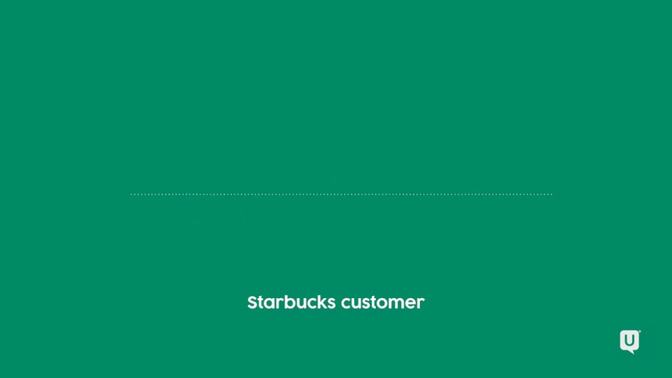
Many do business with Edward Jones because they’ve built their business on in-person interactions and, according to their annual report, they have “intensive advisor training where they stress the importance of face-to-face interactions with customers.”
“They are friendly and not stuffy or scary like it could be. The difference I have experienced so far is having the person assigned to me. It is nice having a rep (for lack of a better term).”
-Edward Jones customer
2. Excellent in-person experiences
Even though digital experiences are more popular than ever before, those aren’t the only experiences consumers care about. Much has been said about the “death of brick and mortar,” but recent research indicates there’s no death at all.
81% of Gen Z consumers prefer to do their shopping in-store rather than online. For context, according to a report by A.T. Kearny. Gen Z consumers (born between 1997 and 2012) currently total 7.1 million in the US and are expected to eclipse the Millennial population shortly. These digital natives were raised with technology at their fingertips, yet their preference is for in-person experiences over digital ones.
And it’s not just Gen Z who prefers to visit physical locations. A Google/Ipsos survey found that 61% of consumers would rather shop for brands that had a physical presence over those that were exclusively online.
Part of that may be due to the saturation of digital experiences in our daily lives, creating an empathy gap between consumers and the companies they’re interacting with. The drive to seek out in-person interactions indicates that there’s still a need for physical, in-person experiences.
The companies in our study recognize this, and many focus on creating meaningful in-person experiences. Whether it was through offering a wide variety of products great customer service, to the overall ambiance of the location, these brands understand the emotional impact of connecting with consumers face-to-face.
When we are in store purchasing a new product or trying a new product or getting repairs, we consider it an activity. My children like to go and play on the iPads, and we are looking for what is so great about the new iPhone or new iPad pro.”
-Apple customer
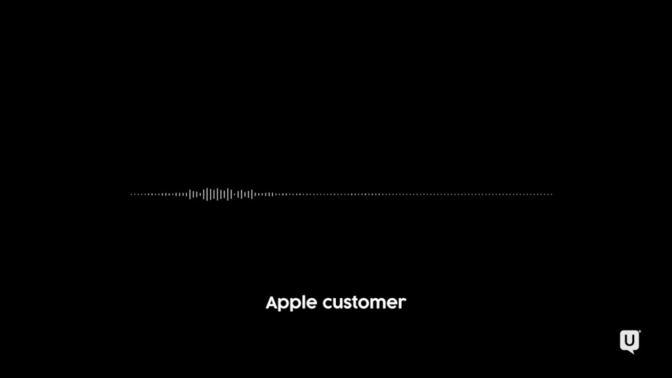
Target customers considered the in-store experience a unique differentiator of the brand. Consumers alluded to the variety of products and serendipitous shopping behaviors in store.
“I pass the accessories and see something I need. Then I go to the clothing section, and then I have to walk through the home goods. There is a feeling I shouldn’t be doing this because I am going to see something I’m going to want to buy. It is the excitement of finding something...”
-Target customer
“They have so much no matter what you need, unless you are looking for an atomic bomb. You go in looking for chips and you spend $500.”
-Target customer
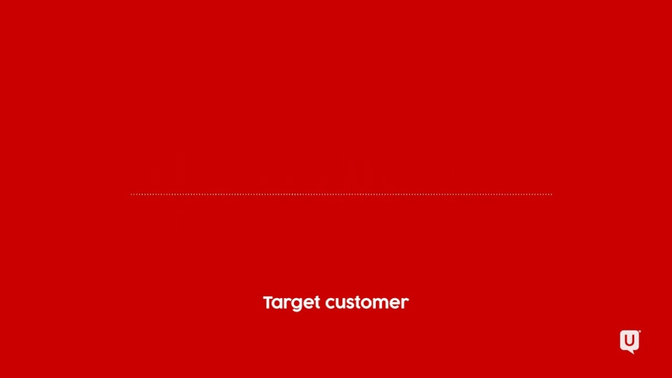
Costco was another company that stood out among the brands as having a great in-store experience that seemed exploratory with an element of fun.
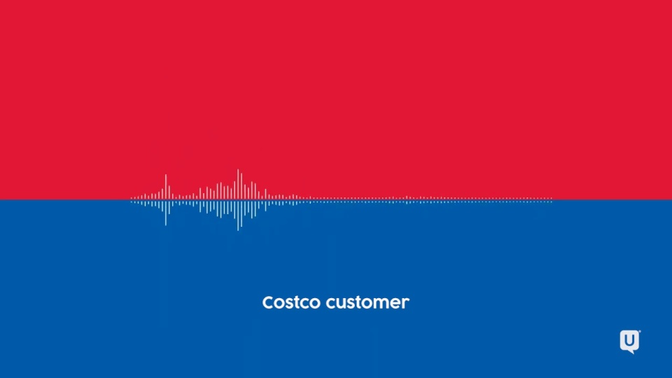
Starbucks customers also talked about the general “feel” of the coffee shops.
...the ambiance, and the environment, and sitting, and the way I get treated. It is very peaceful if I am stressed, so I get a good place to hang out.” Another said, “You can take a deep breath [when you are there].” -Starbucks customer
A physical presence instilled a sense of trust with Edward Jones customers.

3. Seamless omnichannel experiences
Seamless omnichannel experiences are a huge differentiator. But this is not easy to accomplish. Customer-centric brands put significant time and resources into understanding how their customers experience their brand across touchpoints and channels.
From researching a purchase to interacting with chatbots for customer service, today’s consumers have a dizzying number of touchpoints with brands, all of which add up to nearly countless opportunities for companies to earn—or lose—the loyalty of customers.
PwC notes that consumers have a low tolerance for bad experiences at any touchpoint, with 17% of consumers abandoning a brand after a single bad experience and 59% jumping ship after several.
This means that brands can’t ignore any details at any point in the customer journey. The elite brands in our study were prime examples of how the investment in seamless experiences across touchpoints strengthens customer loyalty.
Target, Lexus, and Apple customers all pointed to the seamless continuity of the brand experience that keeps them coming back.
All the navigation controls are well laid out and easy to follow. When I am inside the house, I put the location in and when I get to my car it syncs with my phone.”
-Lexus customer
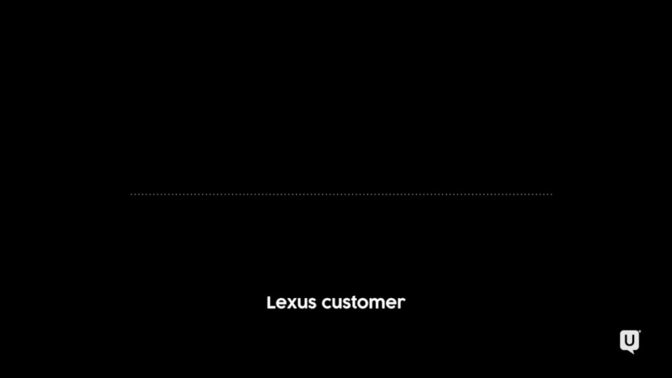
We got our iPhones years ago and then the computers and they can talk to each other. We are all connected. Why would you go elsewhere once you find yourself connected?”
-Apple customer
4. Personalized, high-touch experiences
Making consumers feel understood is essential for inspiring loyalty. But there’s a big difference in consumer expectations when it comes to buying a pair of shoes versus buying a car or investing life savings.
According to a PwC survey, 86% of consumers are willing to pay more if it means they’ll have a better experience. The same survey found that 49% of consumers made impulse purchases after having a more personalized experience.
Naturally, higher ticket or higher-importance items raised the bar for consumer expectations. The importance of a more intimate customer experience was evident with the brands in our study that offered higher-ticket products like financial services or luxury automobiles.
Lexus, Edward Jones, and USAA earned praise from loyal customers by taking the customer experience a step further to make the experience feel tailored just for them.
I have had no problems with the car, and the service the dealership provides is really good. [They] have collected the car from my home or workplace or if I needed a courtesy car. And they have kept me updated. Customer service has been really really good. When I purchased, it wasn’t a fast sell. There was no pushing.”
-Lexus customer
They want to help you as an individual achieve your own unique desires and plan.”
-Edward Jones customer
5. Connecting with customers through emotional design
How people feel about a company is difficult to quantify in neat metrics. Feelings are hard to quantify into neat metrics and measure quarter over quarter and year over year. However, they also happen to bring people together.
A recent Nike commercial illustrates this nicely. After watching the US Women’s Soccer Team win the World Cup, the nation was inspired. Nike captured the team's pride, sportsmanship, teamwork, and commitment in an ad shortly after their win.
The ad elicited strong emotional reactions from viewers and soon went viral. While it was clearly a Nike ad, the spot wasn’t specifically about anything Nike was selling. It was about people and the powerful emotions that happen when winning, losing, and playing the game.
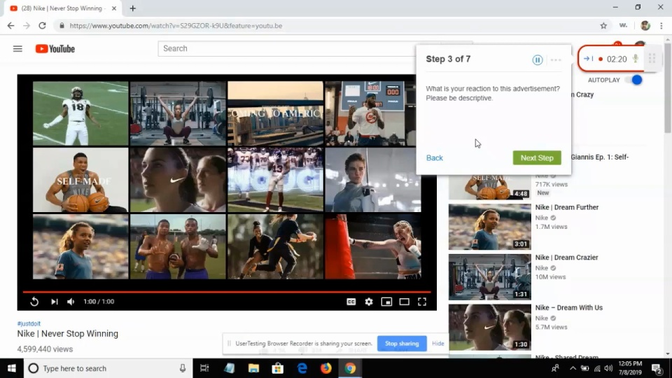
The power of those responses made us wonder: Is emotion the key to forging a meaningful connection with customers? Is that aspect of humanity that’s hard to quantify the key to a brand’s success? Other industry research indicates this might be the case.
Similarly, in a study conducted by Harvard Business Review, researchers found that customers emotionally connected with a brand are 52% more valuable than those simply “highly satisfied.” Harvard professor Gerald Zaltman went so far as to say that 95% of
purchasing decisions are driven by emotion.
How consumers feel about their interaction with a brand is a major driver for loyalty. According to a survey by Deloitte Digital, 60% of loyal customers use emotional language to describe their connection to their favorite brands, and 62% of consumers felt they had a relationship with their favorite brands.
These statistics highlight the importance of going far beyond just providing a product or service. Successful brands understand the importance of nurturing a relationship with their customers which requires trust, reliability, and, most of all, an emotional connection—a connection that can be influenced by design.
Coca-Cola was also mentioned as a company and brand that created strong emotional connections through consistency, taste, availability, and reliability. When asked to use words to describe the brand, people used words like “classic,” “timeless,” “iconic,” and “delicious.”
“I think that the brand is very consistent. There has never been a time ‘did you hear about what Coca-Cola did’ or read about something. When you think of a soda, it comes to mind.”
-Coca-Cola customer
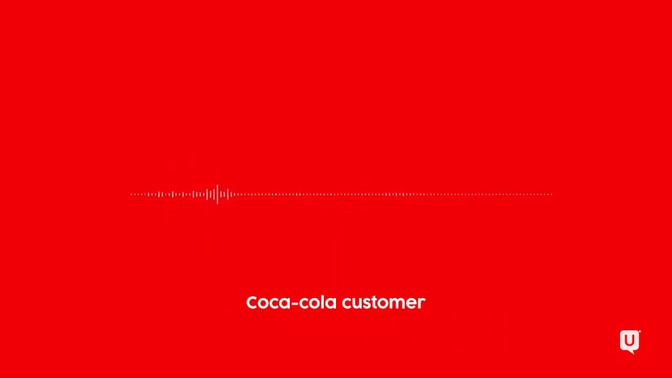
“If you want a soda that tastes good and has a kick, it will give you the perfect balance.”
-Coca-Cola customer
Apple products also inspired emotional responses from customers. Some likened owning or shopping for products to a fun and trusted experience with a friend or family member.
[Apple products are like] someone I could rely on and trust like my mom. She was my best friend. Every time you needed her, she was there for you.”
-Apple customer
It is joyful and it makes using Apple products look fun and easy.”
-Apple customer
Some Nike customers felt a strong emotional connection because of the company’s celebrity endorsements. One participant recalled the connection they felt with the brand when wearing the same clothes as famous athletes.
“They’re a brand leader because of their marketing and the athletes that they align themselves with. I like basketball and golf so Tiger, Lebron, Kobe...I associate that with Nike as a result. If you go back from 10-12 years ago when I would buy a shirt from them they were the slicker mock neck look and I saw Tiger wearing it.”
-Nike customer
Zappos’ quirky commercial helped customers perceive the company as both “fun” and
“customer-centric.” These same reactions were evoked based on digital interactions with Zappos.
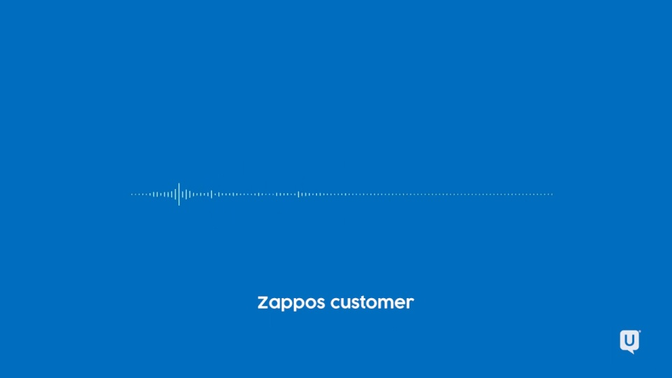
A Google customer noted the seamless ease of use made her happy.
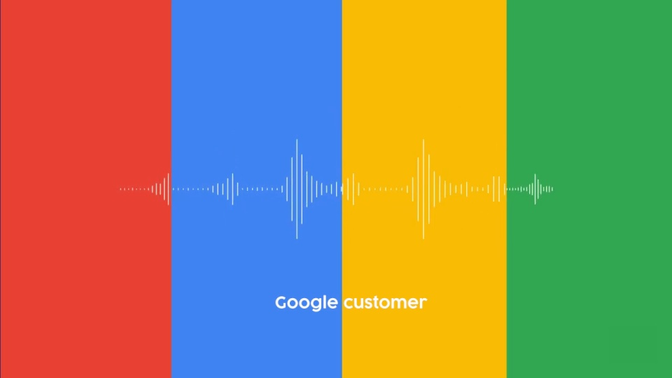
One USAA customer noted how the company made them feel secure and cared for.
“It feels like they are looking over your shoulder and making sure you are OK.”
-USAA customer
Differentiation throughout the customer journey
Great CX is a living, breathing relationship between a company and its customers, driven by an organization’s continuous focus on the customer across every touchpoint along their journey.
Companies that succeed, like the brands in this study, are constantly talking to their customers to explore and understand their world and needs. Those efforts lead to customers who feel an emotional connection with their favorite brands, and that connection drives loyalty and customer value.
According to Harvard Business Review, customers who were fully connected with a company were 52% more valuable than customers who were simply satisfied with the brand. Ultimately, what sets a brand and an experience apart from the rest is the complex layer of understanding and empathy that only human insight can uncover.
The CX landscape is evolving, and what differentiates the leaders from the laggards is a dedicated focus on the customer experience across every possible touchpoint, including digital, in-person, personalization, employee experience, and emotional connections. World-class brands meet their customers where they are by listening to them, in their own words, and changing right along with them.
Watch a demo
See how easy it is to get fast feedback on a website, prototype, design, or more in this demo.